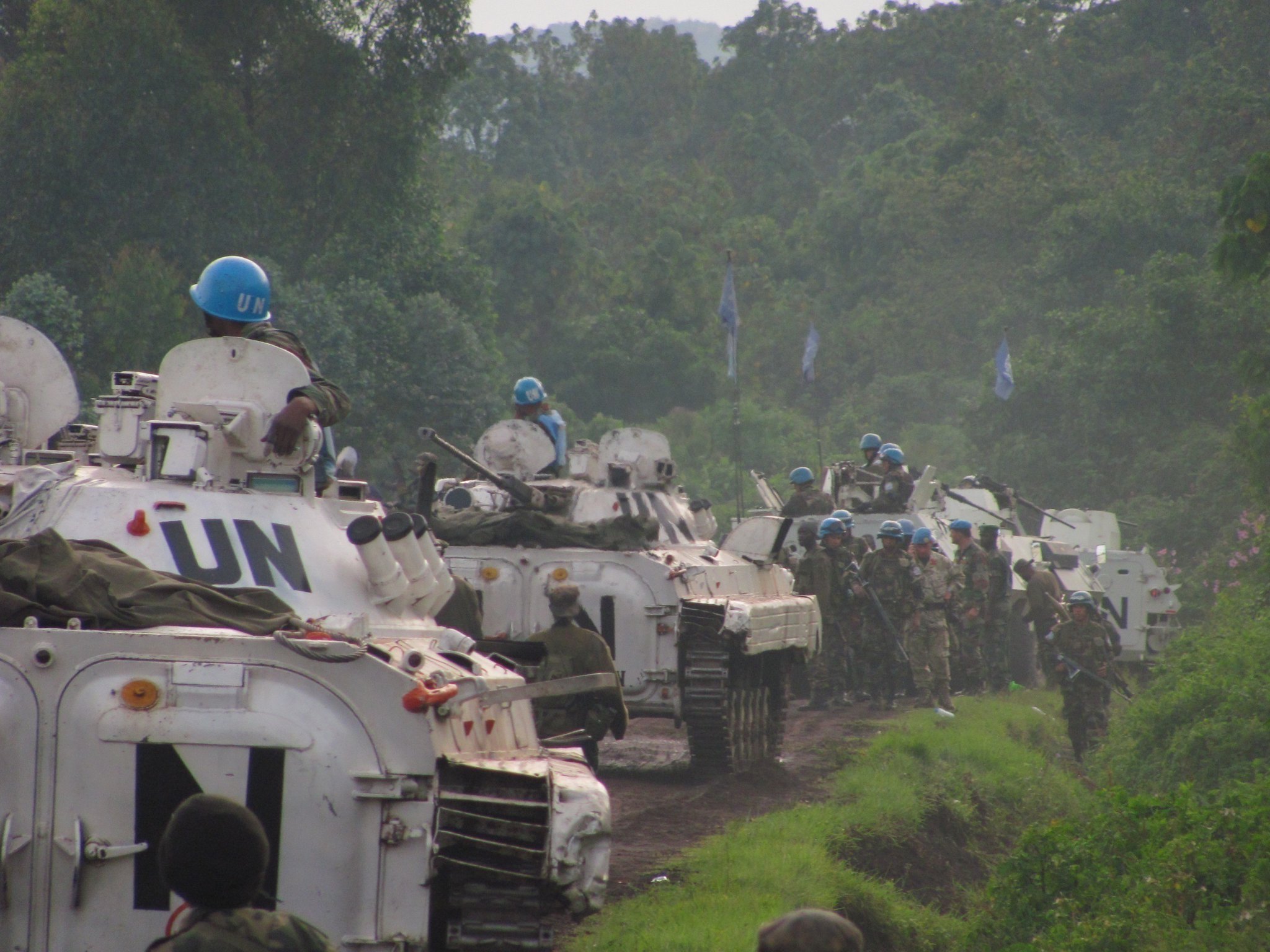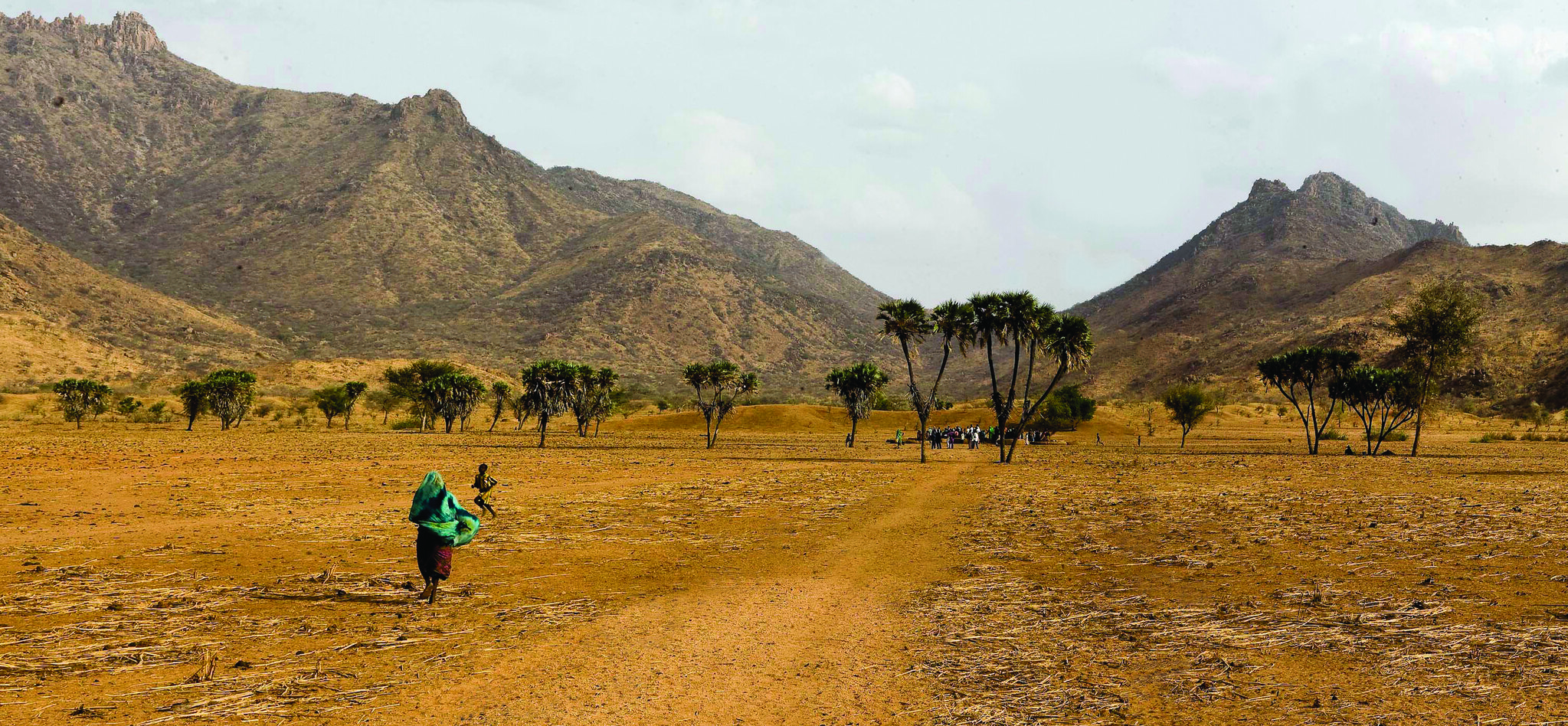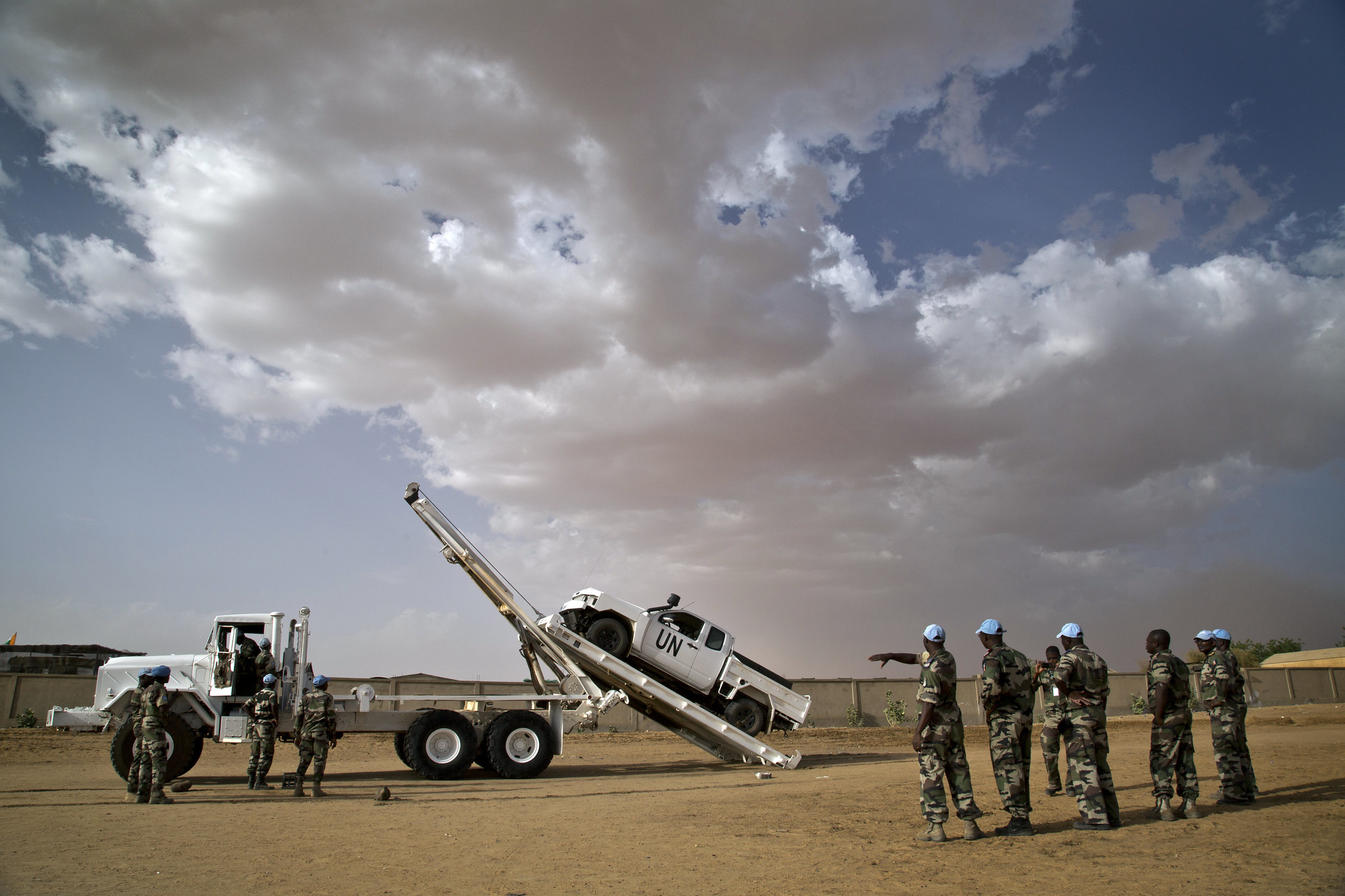Terrorist groups are spreading south from arid regions. Governments in West Africa need to prepare to face the challenge of forest-based terrorists and the unique threats they pose, writes Benjamin P. Nickels.
In May 2019, two French tourists were kidnapped and their Beninese guide killed in Pendjari National Park in Northern Benin. A few weeks later a raid led by the French army liberated the hostages in Burkina Faso, where they had been transported for delivery to a terrorist group. The attack was a harbinger of a rising terrorist threat in Benin and neighbouring Togo, as well as a new dynamic within that threat. The current confrontation in coastal West African states is taking place as fights in the forests. Understanding the specificities of that context will be critical for successful prevention and mitigation.
A new geography
Islamist terrorism in Northwest Africa has followed a clear geographic orientation, a North-to-South axis. In the 2000s, terrorist groups based in North Africa began conducting operations in the Sahara, eventually crossing borders into the Sahelian states. In the 2010s, these groups pushed toward the capital cities of Mali and Niger and moved with force into Burkina Faso. That last step took them from arid to semi-arid environments, from the Saharan to the Sahelian ecoclimatic zone. More recently, terrorist groups have pushed further south into the savannah, which experiences more rain and sustains thicker vegetation, allowing for grasslands, woodlands, and significant forests.
Borders have been critical throughout this geographic evolution. Terrorists purposefully jump international lines to escape defence and security forces, and each border crossed engages another government in the security challenge. Terrorism in West Africa has largely manifested as insurgency in distant corners of counties – in remote areas, rural zones, and villages and provincial towns near national boundaries. The latest steps in the southward movement have extended this pattern. But instead of Sahelian countries facing terrorists in a marginalised northern desert, today’s coastal West African countries must confront terrorism in inaccessible northern forests.
All the countries in this new front line have large areas of forest that are now at risk from terrorist elements. The massive Park W, named for the bends of the Niger River as it passes through an area Benin shares with neighbouring Niger and Burkina Faso, has already become a safe haven and headquarters for terrorists, as an excellent International Crisis Group report explains. Forests present terrorists with thick cover to hide from aerial surveillance, corridors to cross borders, routes for smuggling, access to natural resources, and secluded settings for refuge and training.
The political and security landscape
Social and community relations have a particular character in forest settings. Flourishing forests are coveted by both surrounding communities of farmers toiling on degraded soils and herders in search of precious water for their animals. These West African forests also sit along the famous tenth parallel latitude, a global fault line between Christianity and Islam, and lifestyle differences between farmers and herders can be deepened by corresponding religious divides. From Cote d’Ivoire to Benin, Christian and local faith majorities meet with significant Muslim minorities in forested northern and middle belts. Terrorists may intentionally or unwittingly exacerbate intercommunity tensions by favouring Muslim herders, who hold grievances against governments that tend to favour the settled farmers (who are more likely to vote) and whose policies often act against the lifestyle of nomadic pastoralists.
Another key reason why forests are appealing to terrorist groups is that many of them are in protected national parks. Coastal West Africa tends to classify much more land for conservation than the Sahel states. Benin, Togo, and Cote d’Ivoire have set aside around 30 per cent, 28 per cent, and 23 per cent, respectively, of their land as ‘terrestrial protected areas,’ compared to Niger, Burkina Faso, and Mali at 18 per cent, 16 per cent, and 8 per cent, respectively. Classified lands create special security considerations. Governments have to find ways to accommodate park rangers and environmentalist NGOs while also conducting counterterrorism campaigns on protected lands. They also present challenges to terrorist groups who sometimes struggle to navigate the ‘governing’ of such sites. At times they permit some poaching and engage in sporadic illicit mining themselves, while also punishing anyone carrying out illegal logging.
Conservationism, meanwhile, can inject into the situation some highly motivated external stakeholders focused on a single issue. Some of the national parks housing coastal West Africa’s forests are listed by UNESCO as natural sites belonging to the heritage of the world, rather than simply one nation. African governments, meanwhile, often rely on international visitors to such parks, and terrorism endangers tourism revenues once travel warnings are issued. But local populations can come to feel that in official counterterrorism efforts, the well-being of natural wildlife takes priority over, or even comes at the expense of, the welfare of human inhabitants.
Towards forest-based counterterrorism
Fighting terrorism in West Africa’s forests will be complicated. Lessons should be learnt from a clear-eyed assessment of Nigeria’s Operation Lafiya Dole (‘Peace by Any Means’) against Boko Haram/Islamic State West Africa Province in the Sambisa Forest. Updating training will likely be needed for park rangers outgunned by a new threat, as well as armed forces called upon for new missions. Just as Sahel states have trained special operators for the desert environment, coastal West African states should consider forming specialised forest units to combat the threat.
Techniques for generating ‘forest domain awareness’ could also be acquired and shared among the local states, and many insights could be had from fellow African countries. The use of technology for forest inventorying, mapping, and monitoring is well developed in countries with small populations, large territories, and massive forests, like Gabon and Botswana. These efforts, and many more, also offer opportunities for partnership, including with the United States, which is eager to reinforce stability in ‘Coastal West Africa’ as outlined in the recent Global Fragility Act. The threat is growing, and West Africa needs to be prepared.
The views expressed here are those of the author and not the US Government or its Department of Defence. The author would like to thank Claude Tozé and Loïc Simonet for comments on earlier versions of this article.
Photo credit: Adam Vowles used with permission CC BY 2.0 DEED





